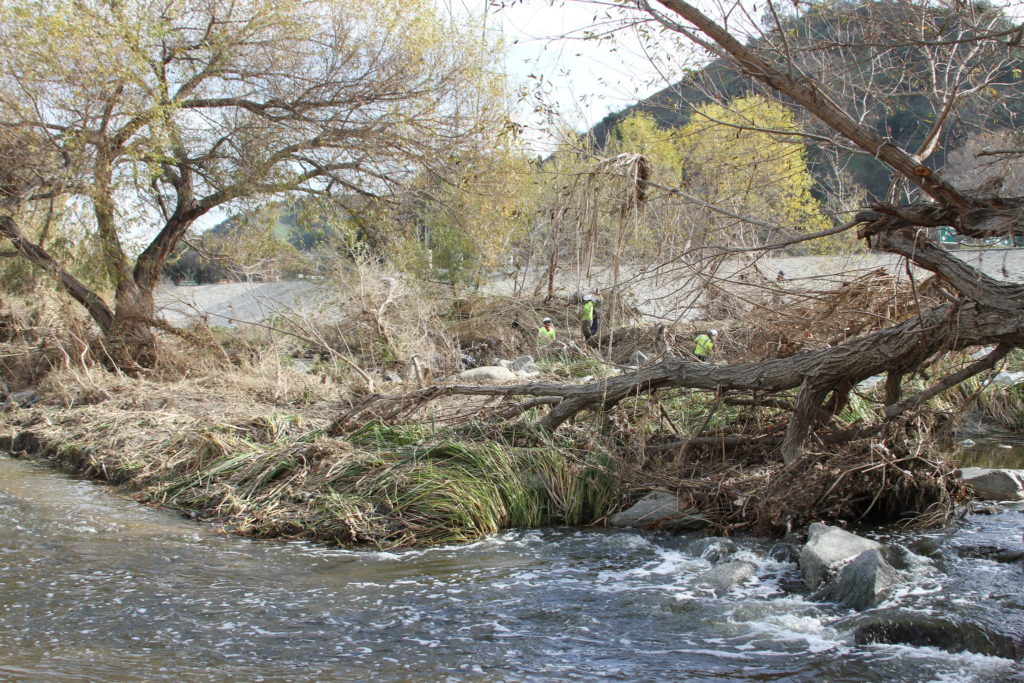
The term El Niño refers to a large-scale ocean-atmosphere climate interaction linked to a periodic warming in sea surface temperature across the central and east-central equatorial Pacific Ocean. Amazingly, the phenomenon was originally recognized by fishermen off the coast of South America in the 1600s, with the appearance of unusually warm water in the Pacific Ocean.
According to a new study published in the Proceedings of the National Academy of Sciences, climate change is increasing the frequency of extreme El Niño events, leading to intensifying droughts, worsening floods, and shifting hurricane patterns.
The study, led by scientists in China and the US, looked at data from 33 El Niños dating back to 1901. Since the 1970s, El Niños have been forming farther to the west in the Pacific Ocean, where temperatures are warmer. Strong El Niños can cause severe drought in dry climates such as Australia and India, intense flooding in wetter climates such as the US Pacific Northwest and Peru, and more hurricanes to form in the Pacific and fewer in the Atlantic.
Before 1978, 12 out of 14 El Niños formed east of the International Dateline. Since 1978, all 11 have formed in the central or western Pacific Ocean a shift of hundreds of miles. There have been three so-called super El Niños since the shift – in 1982, 1997, and 2015. These have set new average temperature records and triggered catastrophic natural disasters.
With rising global temperatures, El Niños are likely to continue to intensify, with major impacts on human societies around the world.
**********
Web Links
Climate Change is Making El Niños More Intense, Study Finds
Photo, posted January 20, 2016, courtesy of Los Angeles District via Flickr.
Earth Wise is a production of WAMC Northeast Public Radio.
Leave a Reply